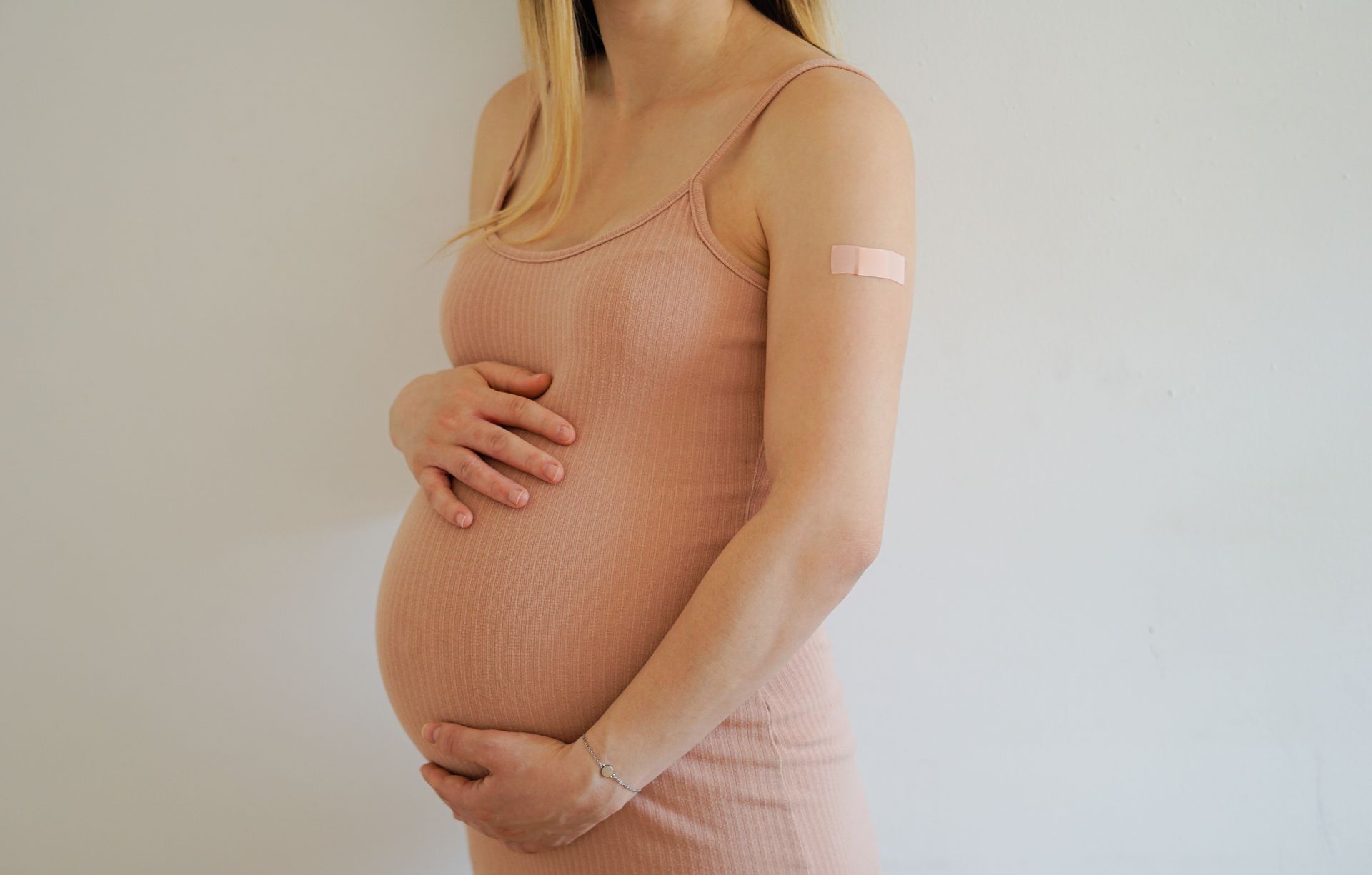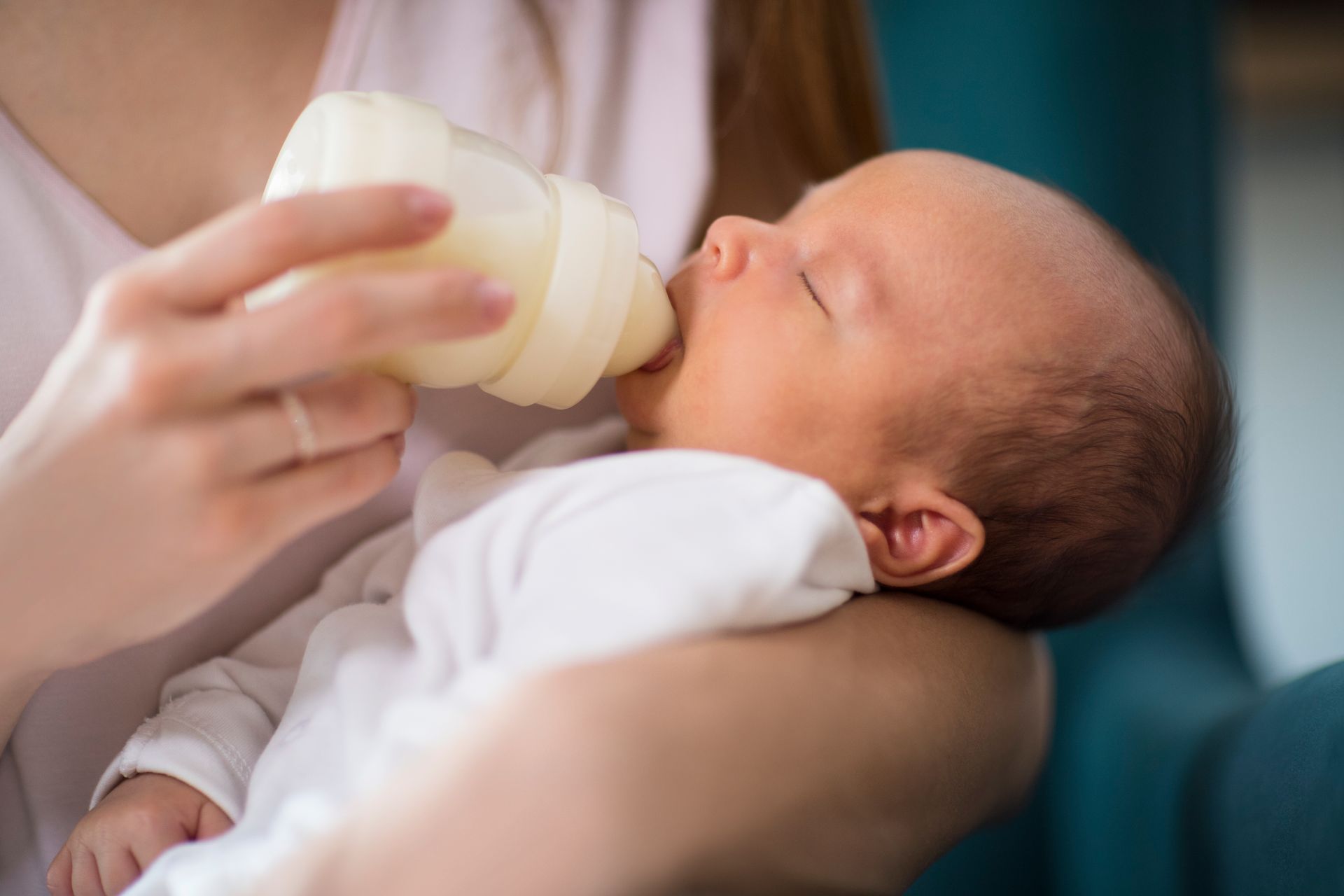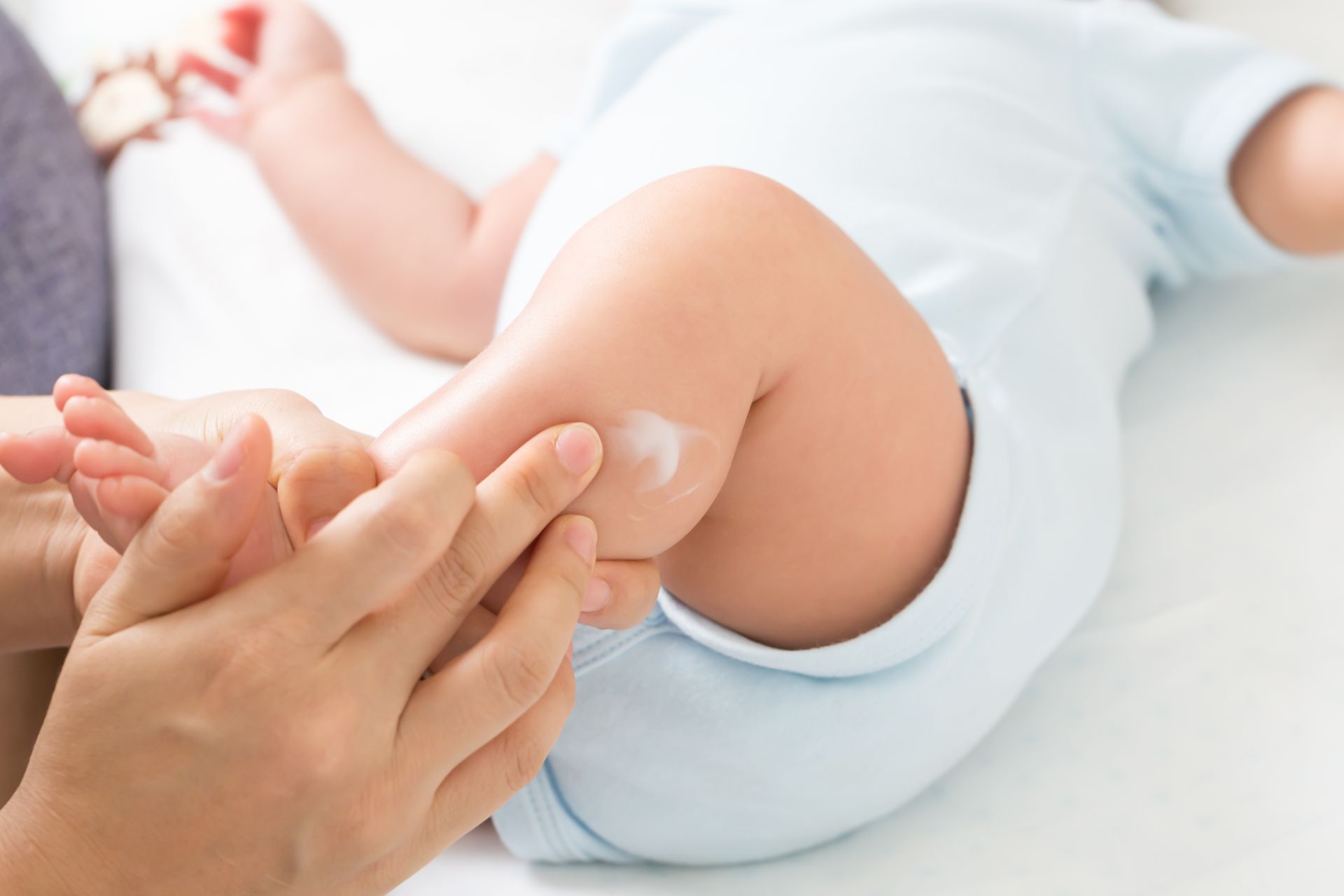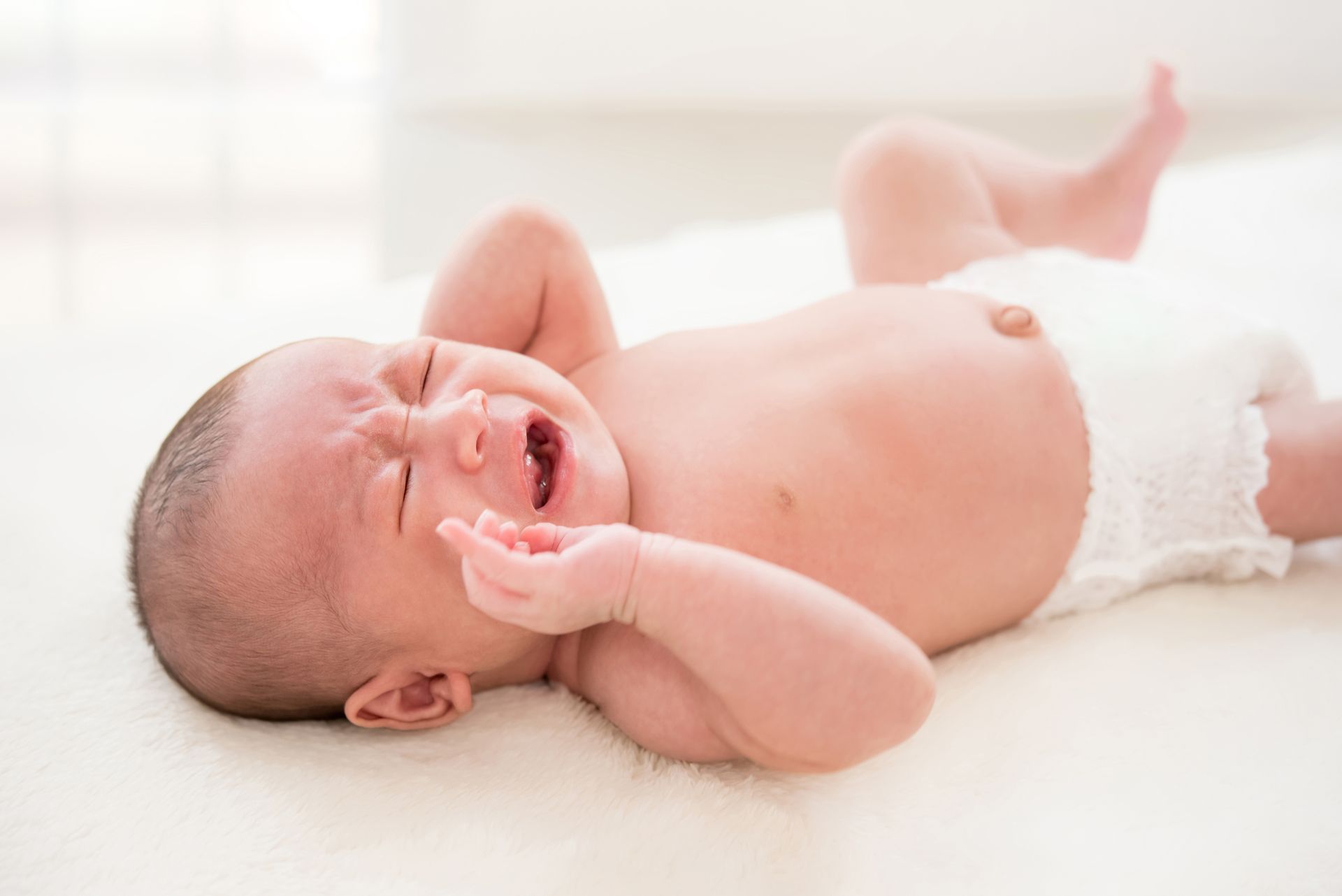Newborn Bathing and Hygiene: Keeping Your Baby Clean and Healthy
Essential Tips for Bathing, Umbilical Cord Care, and Circumcision Healing
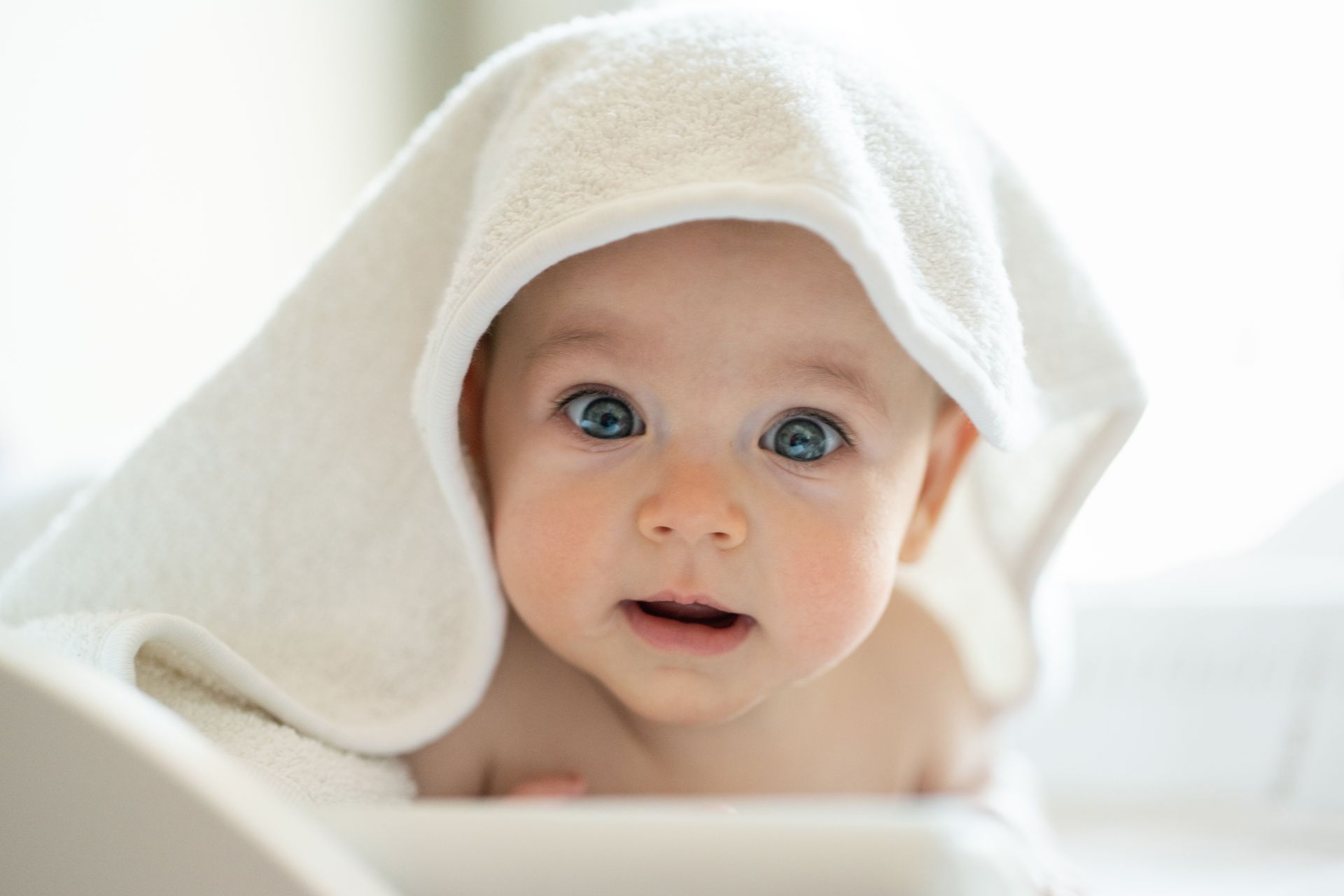
Bathing your newborn is a special time to bond while keeping your baby clean and healthy. However, it's important to follow specific guidelines to ensure safety and proper care—especially when it comes to the umbilical cord and circumcision. This guide covers everything you need to know about bathing your newborn, caring for their umbilical cord, and promoting proper healing if your baby was circumcised.
Bathing Your Newborn: When and How to Do It
You can choose to bathe your newborn every day or every 2-3 days, depending on your baby's needs. Newborns don't get very dirty, so frequent baths aren't necessary. However, you should always keep the diaper area clean and perform regular "spot cleaning" as needed.
Sponge Bathing Tips:
- When to Sponge Bathe: Only sponge bathe your baby until the umbilical cord has fallen off. This helps keep the cord dry and prevents infection.
- Choosing a Cleanser: Use a mild, unscented cleanser like Baby Dove, Aveeno, or CeraVe to avoid irritation.
- Moisturizing Your Baby’s Skin: It is normal for newborns, especially term babies, to have dry, peeling skin. You can use unscented moisturizers or ointments to keep their skin soft and hydrated.
Steps for a Safe Sponge Bath:
- Prepare Your Supplies: Gather a basin of warm water, a soft washcloth, a mild cleanser, and a dry towel.
- Start with the Face: Gently wipe your baby's face with a damp washcloth, avoiding the use of soap near their eyes.
- Move to the Body: Use a mild cleanser to clean your baby's neck, arms, legs, and diaper area.
- Keep the Umbilical Cord Dry: Avoid getting the umbilical cord area wet until it falls off naturally.
Umbilical Cord Care: What You Need to Know
The umbilical cord usually falls off within 1-3 weeks after birth. Until then, keeping it clean and dry is important to avoid infection.
How to Care for the Umbilical Cord:
- Cleaning: You may clean the umbilical cord with alcohol at each diaper change, but this practice varies by doctor. Many providers now recommend simply keeping the area dry and allowing it to heal naturally.
- Monitor for Signs of Infection: Watch for redness, foul odor, discharge, or bleeding.
- Handling Bleeding: If you notice bleeding, hold firm pressure for 10 minutes or until the bleeding stops. If it does not stop, contact your healthcare provider immediately.
Circumcision Care: Promoting Proper Healing
If your baby was circumcised, special care is needed to support healing and prevent infection.
Caring for a Healing Circumcision:
- Apply Vaseline: Use Vaseline liberally at each diaper change while the area is still healing and pink. This prevents the diaper from sticking to the healing skin.
- Expect a Yellow Scab: A yellowish scab forming over the circumcision site is normal and part of the healing process.
- Gentle Cleaning: During sponge baths, wash the area gently with a mild cleanser and water. Avoid rubbing the area.
When to Call Your Pediatrician:
- Bleeding: If bleeding occurs, apply firm pressure for 10 minutes. If the bleeding does not stop, call your healthcare provider immediately.
- Infection Signs: Watch for redness, swelling, or discharge, which could indicate an infection.
When to Reach Out for Help
If you ever feel unsure about your baby's hygiene or healing process, don't hesitate to contact Chattanooga Children's Clinic. Whether it's about umbilical cord care, circumcision healing, or general bathing tips, we're here to provide support and answer any questions you might have.
Caring for a newborn involves a lot of learning, but with the right guidance, you can feel confident in keeping your little one clean, healthy, and comfortable.

